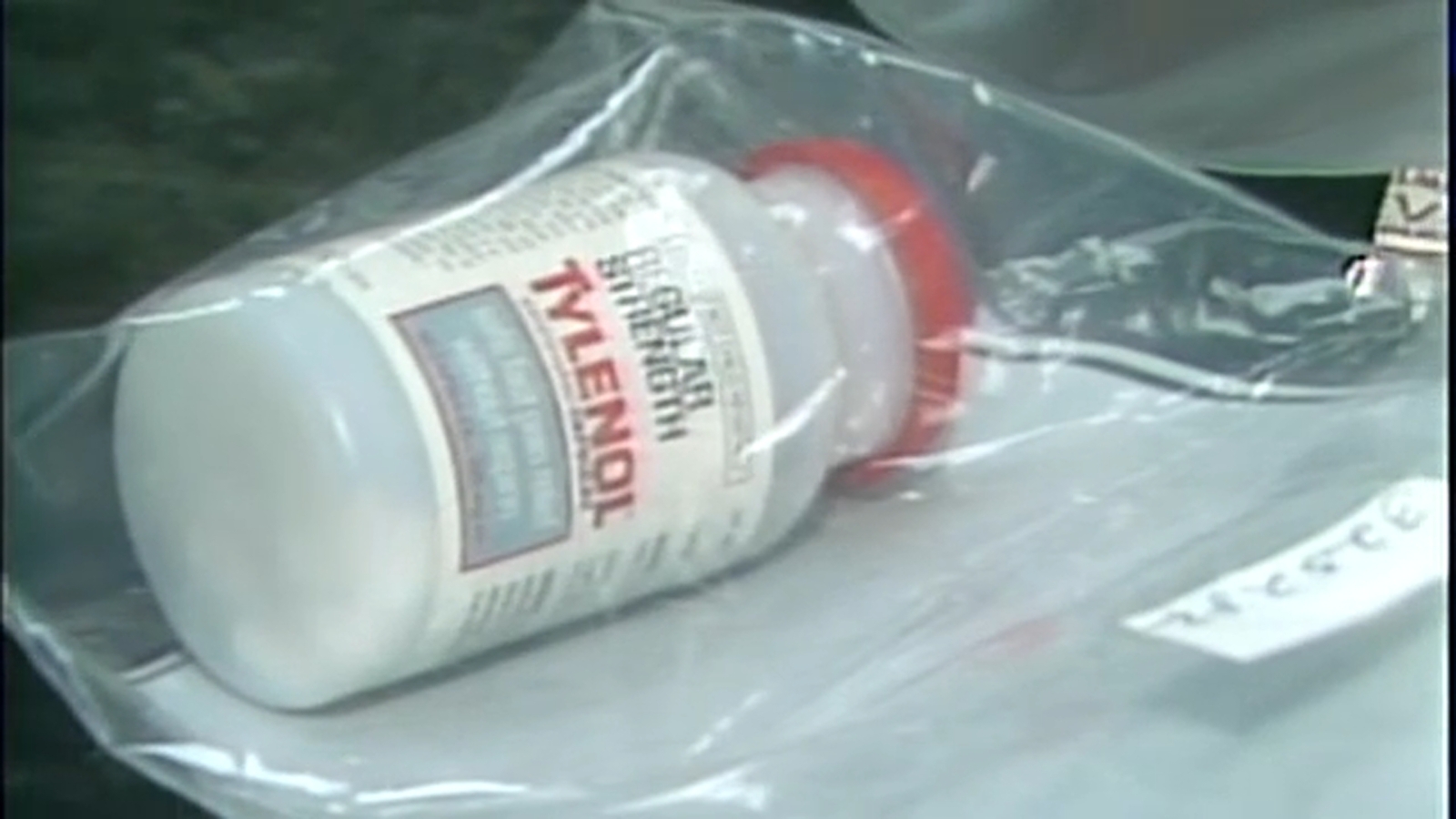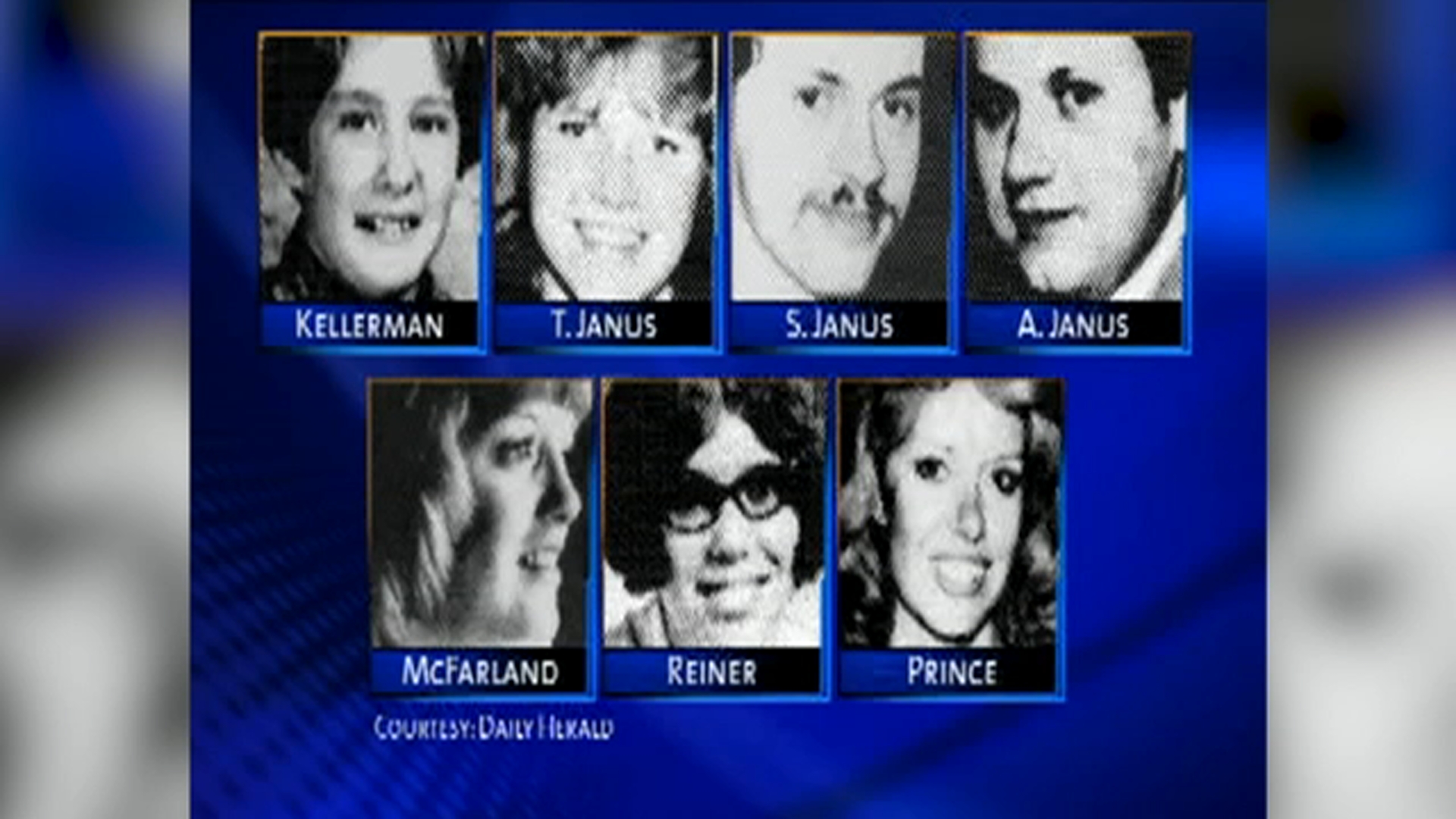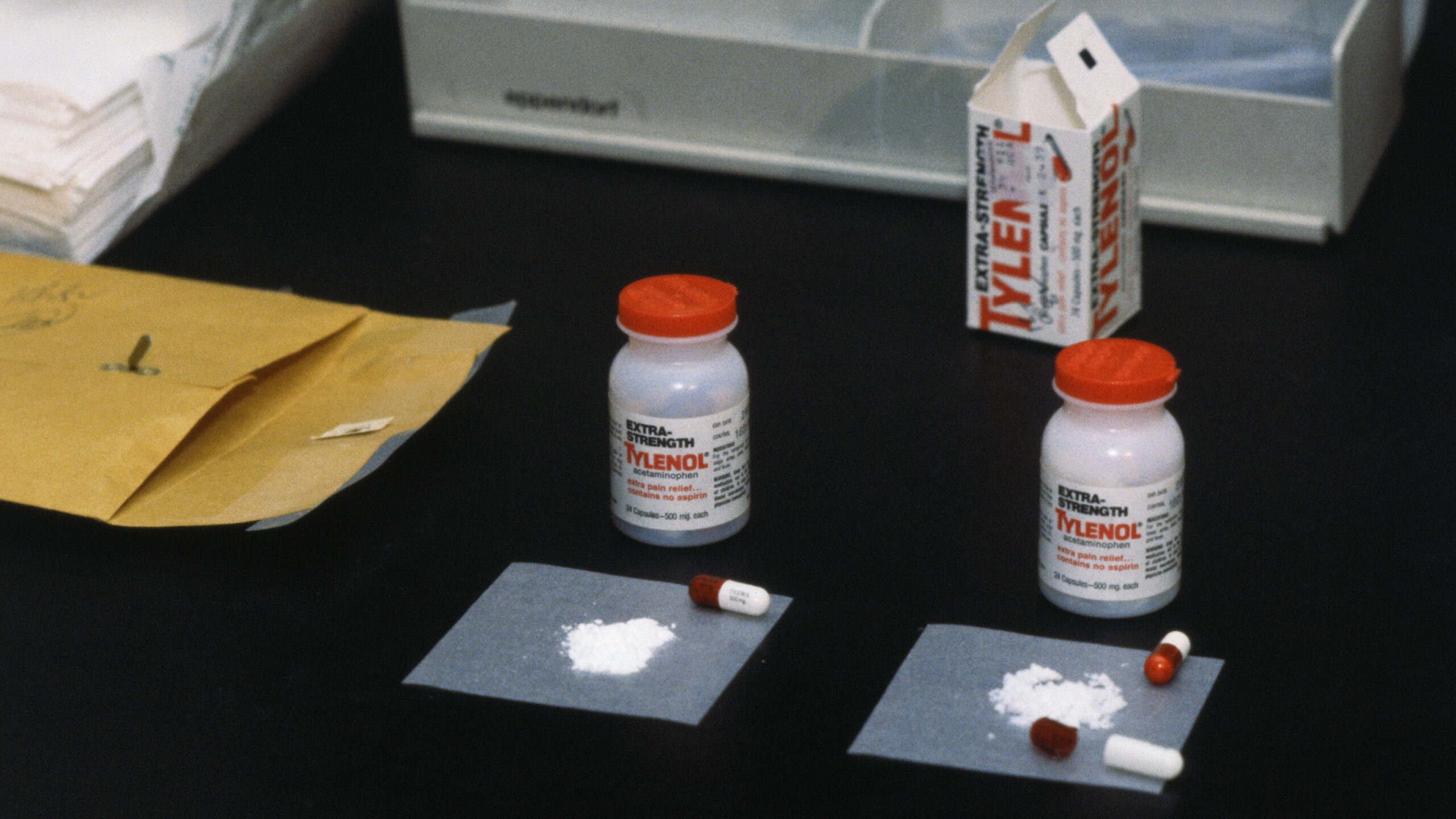In the autumn of 1982, Chicago faced a terror unlike any other. Seven seemingly random deaths, all linked to the most trusted medicine in America, sparked a nationwide panic and changed the way we buy over-the-counter drugs. The Tylenol Murders remain unsolved—but their impact still shapes our world today.
The Day Ordinary Became Deadly
It started like any other day. Mary Kellerman, a healthy 12-year-old, woke up with a sore throat and reached for Tylenol, the country’s most popular pain reliever. Hours later, she collapsed and was rushed to the hospital—where she died, inexplicably, soon after.
Within days, six more people in the Chicago area would die in the same mysterious way. Their only common thread? Each had taken Tylenol capsules in the hours before they died.
“We’d never seen anything like it—healthy people, dropping dead,” recalled Dr. Thomas Kim, a Chicago emergency physician. “It made everyone afraid of their own medicine cabinet.”

Panic Grips the Nation
As news of the deaths spread, pharmacies across America pulled Tylenol from their shelves. Shoppers tossed bottles in the trash. Hospitals set up hotlines. Johnson & Johnson, the maker of Tylenol, issued urgent warnings and began recalling millions of bottles nationwide.
It didn’t take long for investigators to discover the cause: each victim had swallowed capsules laced with potassium cyanide—a deadly poison. The killer, it seemed, had slipped open bottles of Tylenol onto store shelves, turning a trusted product into a lethal weapon.

A Killer Hides in Plain Sight
Police and federal agents raced to catch whoever was behind the poisonings. Every lead was chased—disgruntled employees, random customers, even a man who sent a taunting letter demanding $1 million to “stop the killings.” But no suspect was ever charged.
FBI profiler John Douglas described the killer as “the ultimate random predator”—someone willing to risk mass murder just to create fear and chaos. The randomness made the case nearly impossible to solve.
“It could have happened anywhere,” said FBI Special Agent Nick Ricco. “The method was chilling in its simplicity—and its evil.”

The Safety Revolution
The Tylenol Murders forced a massive change in the way medicine—and nearly all consumer goods—are packaged. Before 1982, most medicines came in bottles sealed only with a cap. Within months, tamper-evident packaging became the industry standard: foil seals, shrink-wrapped lids, and warning labels were everywhere.
Johnson & Johnson’s response, though costly, became a case study in corporate crisis management. The company quickly recalled more than 31 million bottles, cooperated fully with investigators, and developed triple-sealed bottles that would set the model for the entire industry.
- Seven people died in total, all from cyanide-laced capsules.
- No one has ever been charged in connection with the murders.
- Tamper-evident seals are now required on almost all medications and foods in the U.S.
The Enduring Mystery
Decades later, the Tylenol killer has never been identified. The FBI still lists the case as open and continues to urge anyone with information to come forward. For the families of the victims, the lack of answers is a wound that never fully heals.
Family Statement: “We still hope for justice. Someone out there knows the truth, and after all these years, we just want closure.”
Legacy: From Tragedy to Change
The Tylenol Murders remain one of America’s most chilling unsolved crimes. But the case also led to a sweeping overhaul of safety standards, saving countless lives since. Today, every time you break a seal or check a tamper-evident package, you’re seeing the legacy of 1982.
Do you remember the Tylenol scare, or does your family have a story from the era? What do you think it would take to finally solve this mystery?
